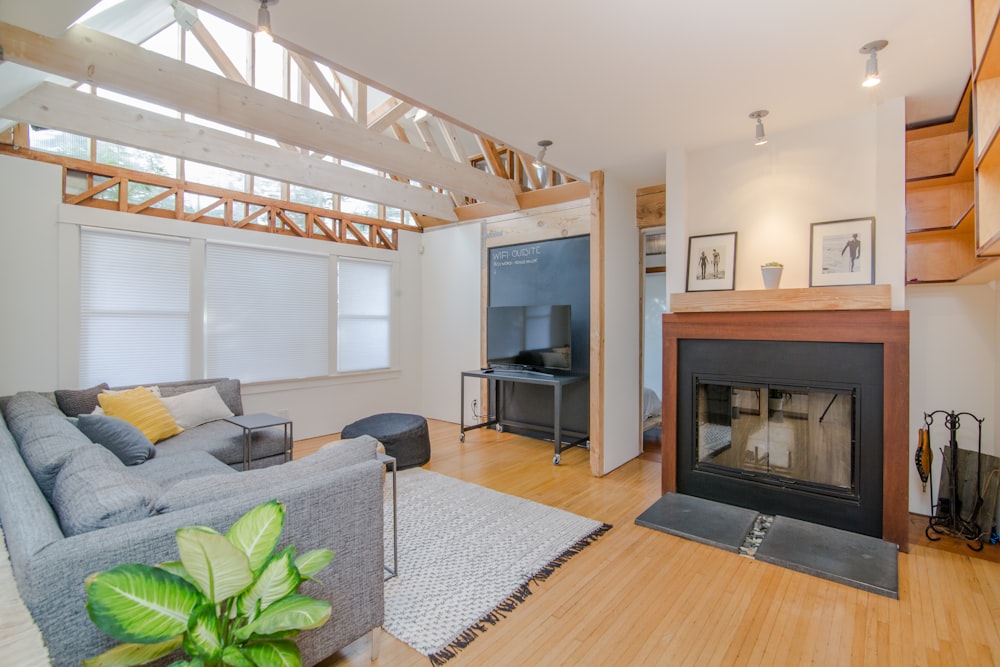Unlocking the Secrets of Full Back Workouts
Understanding the Importance of Back Training
When it comes to building a balanced and aesthetic physique, many fitness enthusiasts overlook the importance of back training. However, a strong and well-developed back not only enhances your appearance but also plays a crucial role in overall strength, posture, and functional movement.
Anatomy of the Back Muscles
Before delving into full back workouts, it’s essential to understand the anatomy of the back muscles. The back is comprised of several major muscle groups, including the latissimus dorsi, trapezius, rhomboids, and erector spinae. Each of these muscles plays a unique role in supporting spinal stability, shoulder function, and upper body movement.
Benefits of Full Back Workouts
Full back workouts offer a multitude of benefits beyond mere aesthetics. By targeting all major muscle groups in the back, including the upper, middle, and lower back, these workouts help improve posture, enhance core stability, and reduce the risk of injury. Additionally, a strong back can improve performance in compound lifts such as deadlifts, squats, and overhead presses.
Key Exercises for Full Back Development
To effectively target the entire back, a variety of exercises should be incorporated into your workout routine. Some essential exercises include pull-ups, rows, deadlifts, lat pulldowns, and hyperextensions. These movements engage different muscle groups and angles, ensuring comprehensive development of the back muscles.
Pull-Ups: The Ultimate Back Builder
Pull-ups are often hailed as the king of back exercises due to their unparalleled ability to target the lats, traps, and other upper back muscles. Whether performed with an overhand grip, underhand grip, or neutral grip, pull-ups challenge both strength and stability, making them a staple in any full back workout routine.
Rows: Building Thickness and Definition
Rows are another essential exercise for building a strong and well-defined back. Whether performed with dumbbells, barbells, or cables, rows target the middle and upper back muscles, including the rhomboids and traps. Variations such as bent-over rows, seated rows, and inverted rows allow for targeted development and sculpting of the back.
Deadlifts: Strength and Stability
While primarily known as a lower body exercise, deadlifts also engage the muscles of the back, including the erector spinae and lats. By lifting heavy loads from the ground, deadlifts not only build strength and power but also improve spinal stability and posture. Incorporating deadlifts into your full back workout routine can lead to significant gains in overall back development.
Lat Pulldowns: Targeting the Lats
Lat pulldowns are an effective isolation exercise for targeting the latissimus dorsi, or lats, which are the largest muscles of the back. By pulling a weight down towards the chest or behind the neck, lat pulldowns help to widen the back and create the sought-after V-taper physique. Adjusting grip width and hand position allows for variation and targeted muscle engagement.
Hyperextensions: Strengthening the Lower Back
To ensure comprehensive back development, it’s essential to include exercises that target the lower back. Hyperextensions, also known as back extensions, isolate and strengthen the erector spinae muscles along the spine. By performing controlled extensions and contractions, hyperextensions help improve posture, reduce lower back pain, and enhance spinal stability.
Programming and Progression
When incorporating full back workouts into your fitness routine, it’s important to focus on proper form, technique, and progression. Start with lighter weights and higher repetitions to establish a solid foundation and gradually increase intensity and resistance over time. Additionally, allow for adequate rest and recovery between workouts to optimize muscle growth and prevent overtraining.
Conclusion
A well-rounded fitness regimen should prioritize full back workouts to ensure balanced development, strength, and functionality. By incorporating key exercises, understanding proper technique, and focusing on progression, you can unlock the secrets of full back development and achieve a strong, healthy, and aesthetic physique. Read more about full back workout


